5 start with K start with K
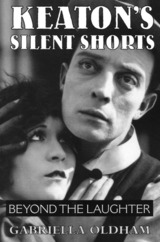
Filling a major gap in the critical canon, Keaton’s Classic Shorts: Beyond the Laughter chronicles the rapid growth in the filmmaker’s understanding of what makes both comedy and film successful. Keaton developed his major themes in these nineteen silent short films shot between 1920 and 1923, creating his persona “Buster” with his trademark stone face. These short films clearly indicate Keaton’s love of the camera and his concern for composition, symmetry, and images that delight the eye and startle the mind.
Oldham reconstructs each of these rarely seen films to enable the reader to “watch” Keaton’s performance, devoting a separate chapter to each. She analyzes each film’s strengths, weaknesses, and prevalent themes and threads. She also enables readers to plumb the depths of what seems to be surface comedy through philosophical, biographical, historical, and critical commentary, thus linking the shorts together into a cohesive study of Buster Keaton’s growth through his three-year independent venture as a filmmaker. Beyond the laughter and beyond the great stone face, Oldham presents a treasure of cinema comedy and a unique philosophy of life as captured by a great filmmaker.
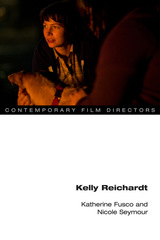
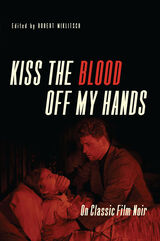
But a new generation of writers is pushing aside the fog of cigarette smoke surrounding classic noir scholarship. In Kiss the Blood Off My Hands: On Classic Film Noir, Robert Miklitsch curates a bold collection of essays that reassesses the genre's iconic style, history, and themes. Contributors analyze the oft-overlooked female detective and little-examined aspects of filmmaking like love songs and radio aesthetics, discuss the significance of the producer and women's pulp fiction, and investigate topics as disparate as Disney noir and the Fifties heist film, B-movie back projection and blacklisted British directors. At the same time the writers' collective reconsideration shows the impact of race and gender, history and sexuality, technology and transnationality on the genre.
As bracing as a stiff drink, Kiss the Blood Off My Hands writes the future of noir scholarship in lipstick and chalk lines for film fans and scholars alike.
Contributors: Krin Gabbard, Philippa Gates, Julie Grossman, Robert Miklitsch, Robert Murphy, Mark Osteen, Vivian Sobchack, Andrew Spicer, J. P. Telotte, and Neil Verma.
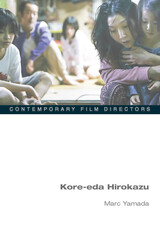
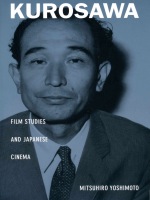
Arguing that Kurosawa’s films arouse anxiety in Japanese and Western critics because the films problematize Japan’s self-image and the West’s image of Japan, Yoshimoto challenges widely circulating clichés about the films and shows how these works constitute narrative answers to sociocultural contradictions and institutional dilemmas. While fully acknowledging the achievement of Kurosawa as a filmmaker, Yoshimoto uses the director’s work to reflect on and rethink a variety of larger issues, from Japanese film history, modern Japanese history, and cultural production to national identity and the global circulation of cultural capital. He examines how Japanese cinema has been “invented” in the discipline of film studies for specific ideological purposes and analyzes Kurosawa’s role in that process of invention. Demonstrating the richness of both this director’s work and Japanese cinema in general, Yoshimoto’s nuanced study illuminates an array of thematic and stylistic aspects of the films in addition to their social and historical contexts.
Beyond aficionados of Kurosawa and Japanese film, this book will interest those engaged with cultural studies, postcolonial studies, cultural globalization, film studies, Asian studies, and the formation of academic disciplines.
READERS
Browse our collection.
PUBLISHERS
See BiblioVault's publisher services.
STUDENT SERVICES
Files for college accessibility offices.
UChicago Accessibility Resources
home | accessibility | search | about | contact us
BiblioVault ® 2001 - 2024
The University of Chicago Press









